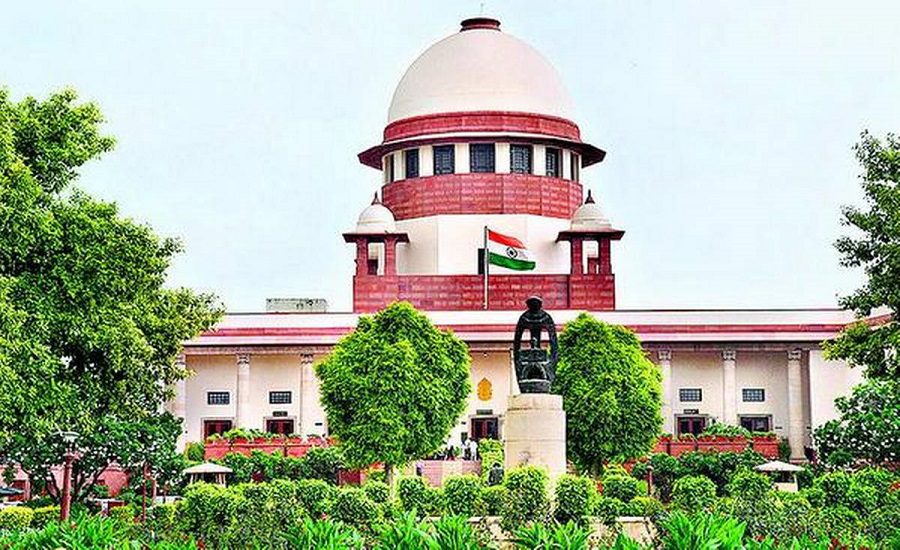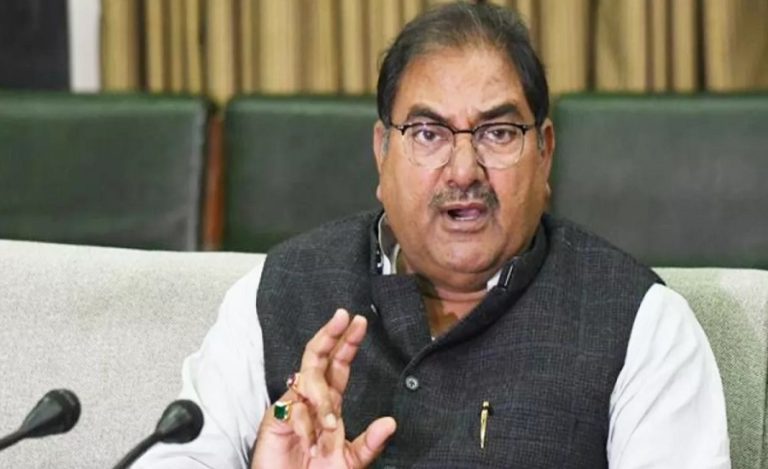New Delhi: In a landmark order, the Supreme Court of India has held that the Central Empowered Committee (CEC), tasked with monitoring and safeguarding India’s forests and environment under the long‐running matter of T.N. Godavarman Thirumulpad v. Union of India, cannot be disbanded by the Union of India without the Court’s prior approval.
The order, passed on 22 November 2025, underscores the Court’s recognition of the CEC’s unique role in environmental governance—particularly its ability to perform independent fact‐finding, site inspections and to assist the Court in real-time monitoring of ecological issues.
Background of the Central Empowered Committee
The CEC was originally constituted by the Supreme Court in 2002 (and re-constituted in 2008) to assist the Court in the iconic Godavarman case, which dealt with forest conservation across Indian states.
Until recently, the CEC functioned as an ad hoc body. However, in 2023, a notification under the Environment (Protection) Act, 1986 gave the CEC statutory status, recognising its institutional permanence.
In this latest order, the bench comprising B.R. Gavai (Chief Justice of India) and K. Vinod Chandran J emphasised:
“It cannot be disputed that without the assistance provided by the CEC … this Court could not have been in a position to pass the catena of orders that it has been passing for almost three decades.”
Key Components of the Order
1. No Disbanding Without Court Approval: The apex court directed that the Union of India shall not take any steps to disband the CEC without obtaining its prior approval. This is significant because the Union had reportedly received communication from the Cabinet Secretariat suggesting reconsideration of the CEC’s continued functioning in light of the National Green Tribunal (NGT).
2. Recognising the CEC’s Functions: The Court emphasised the CEC’s track‐record: conducting spot inspections, submitting reports, assisting in real-time monitoring of environmental issues and thus enabling the Court to pass meaningful orders for nearly three decades.
3. Staffing and Continuation: Alongside the main direction, the Court disposed of the application relating to the staffing and continuation of the CEC. It directed the Ministry of Environment, Forest and Climate Change (MoEF&CC) to depute an officer to function as Secretary and ensure the post does not remain vacant.
The Role and Significance of the Central Empowered Committee
The Central Empowered Committee has been pivotal in India’s environmental governance architecture. Some of its hallmarks:
- It monitors compliance of high court and Supreme Court orders regarding forests, wildlife and environment.
- It undertakes fact-finding, site visits and compiles reports on encroachments, forest-land diversion, illegal mining, and afforestation efforts.
- After being given statutory status, its role has become more institutionalised.
- In effect, the CEC functions as a bridge between judicial directives and on-the-ground environmental governance—providing data, inspections and follow-up that enable judicial oversight of complex ecological challenges.
Importance of Supreme Court Ruling
Preservation of Institutional Continuity: By requiring the Union to seek the Court’s nod before disbanding the CEC, the Supreme Court ensures that environmental oversight is not unilaterally dismantled. Given India’s vast forest tracts and the prevalence of ecological challenges, this serves as a safeguard against administrative decisions that could undermine institutional checks.
Strengthening Accountability: The decision highlights that judicial enviro-oversight cannot be sidelined. The CEC’s independent fact-finding role is recognised as central to effective oversight—a move which bolsters the accountability of agencies and the executive when it comes to environmental protection.
Clarifying Jurisdictional Roles: Notably, the Court acknowledges the role of the NGT as a specialist tribunal under the NGT Act 2010, but underscores that the CEC is “an institution that directly assists this Court … under the direction and supervision of this Court.”
This implies that while the executive and tribunal mechanisms evolve, certain judicially-mandated bodies like the CEC retain a special status.
Operational Implications for MoEF&CC & Others: Since the MoEF&CC has been directed to ensure continuity in staffing, this sends a message that the executive cannot delay or undermine key posts within the CEC. It also places on record that any future changes to the CEC’s structure or existence must align with judicial expectations.
Potential Impacts and Challenges
Impact on Environmental Governance: This ruling could strengthen environmental governance by ensuring that the body tasked with oversight remains intact unless the Court permits otherwise. It may reassure litigants, NGOs and communities that monitoring of forest and environment issues remains robust.
Challenge of Implementation: While the order is clear on the requirement of prior Court-approval for disbanding, the real challenge lies in operationalising the CEC’s functions: ensuring timely site inspections, securing resources, acting on its recommendations, coordinating with states and forest departments, and maintaining independence. Earlier commentary has noted issues such as lack of enforcement power, bureaucratic delays and political pressure.
Overlap with Other Institutions: With the emergence of the NGT and greater bureaucratic mechanisms under MoEF&CC, there is potential for institutional overlap or ambiguity. The Supreme Court’s clarification helps in demarcating that the CEC remains under the Court’s supervision. But effective coordination among CEC, NGT, states, and other regulatory bodies will remain key.
Future Disbandment or Restructuring Debates: This order signals that if any future restructuring or disbandment is proposed, the Union must first approach the Court. It sets a precedent and may discourage sudden executive decisions to dismantle oversight mechanisms without judicial scrutiny.
Way Forward
- Whether the Union or states propose any restructuring or replacement of the CEC and if so, how they approach the Supreme Court for prior approval.
- How the CEC’s inspections and reports shape future environmental litigation and policy—whether they are made more transparent and timely.
- The interaction between the CEC and other institutions like the NGT, state forest departments, and MoEF&CC, especially in enforcing its recommendations.
- Whether the capacity, staffing and funding of the CEC are strengthened in accordance with the Court’s order to avoid vacancies or delays in its functioning.
- How environmental litigants and NGOs use the CEC’s reports and site inspection records as evidence in conservation litigations.



























